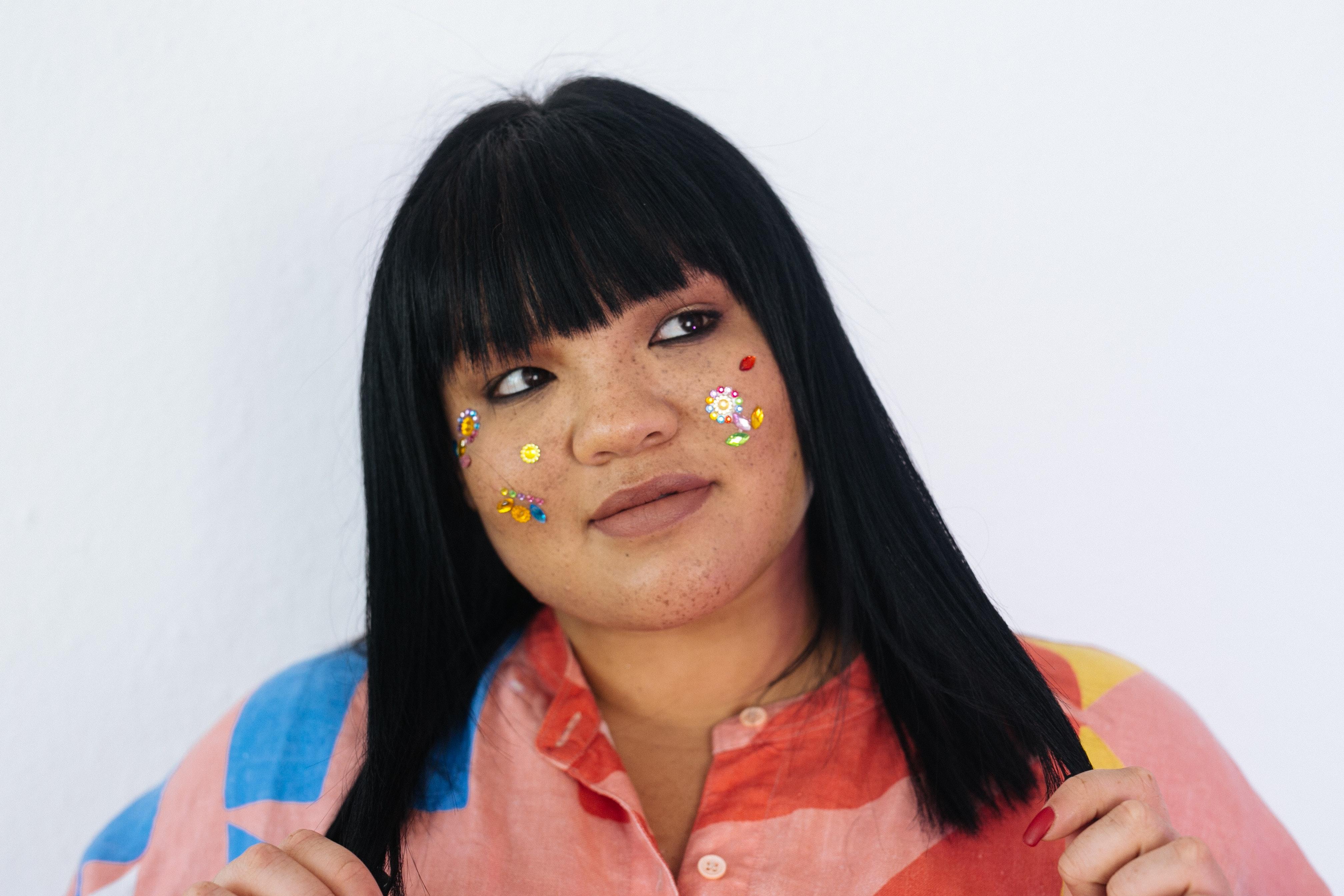What is art? What constitutes a work of art? Who would you catalogue as an artist? For years and years, this debate has taken place in the world, driving discussions about what an artist should look like.
But, in a more practical way, the world of academia has decided to divide the arts into three different branches: visual arts, performing arts, literature.
These three disciplines have a lot of things in common and can often be mixed up but the most popular way that people identify art in a regular sense is referring to visual ad performing arts.
If you are about to embark on an art learning adventure keep reading to find out more about studying art and design.

Art Degrees Available To You
If you have done some research about the different art degrees available you have probably seen that the most common type of art degree is either a bachelor of fine arts, or BFA, and a master of fine arts, an MFA. But this division doesn't really mean much besides the level of expertise that they grant.
This is why, in order to understand what a BFA or an MFA means for you and what type of art careers you can aspire to, you need to dig a little bit deeper.
Fine Arts Degree
What is a fine arts degree? Studying fine arts means that you will be exposed to artistic movements that will make you progress as an artist and creator. That said, there are many subjects that you can study when you enrol in typical fine arts programs.
These subjects are all based on medium and technique. It is important for you to decide which one is more attractive to you and your academic and professional future since this will determine a lot of things for you:
- Art design
- Digital media
- Drawing and Painting
- Architecture
- Theatre
- Sculpture
- Photography
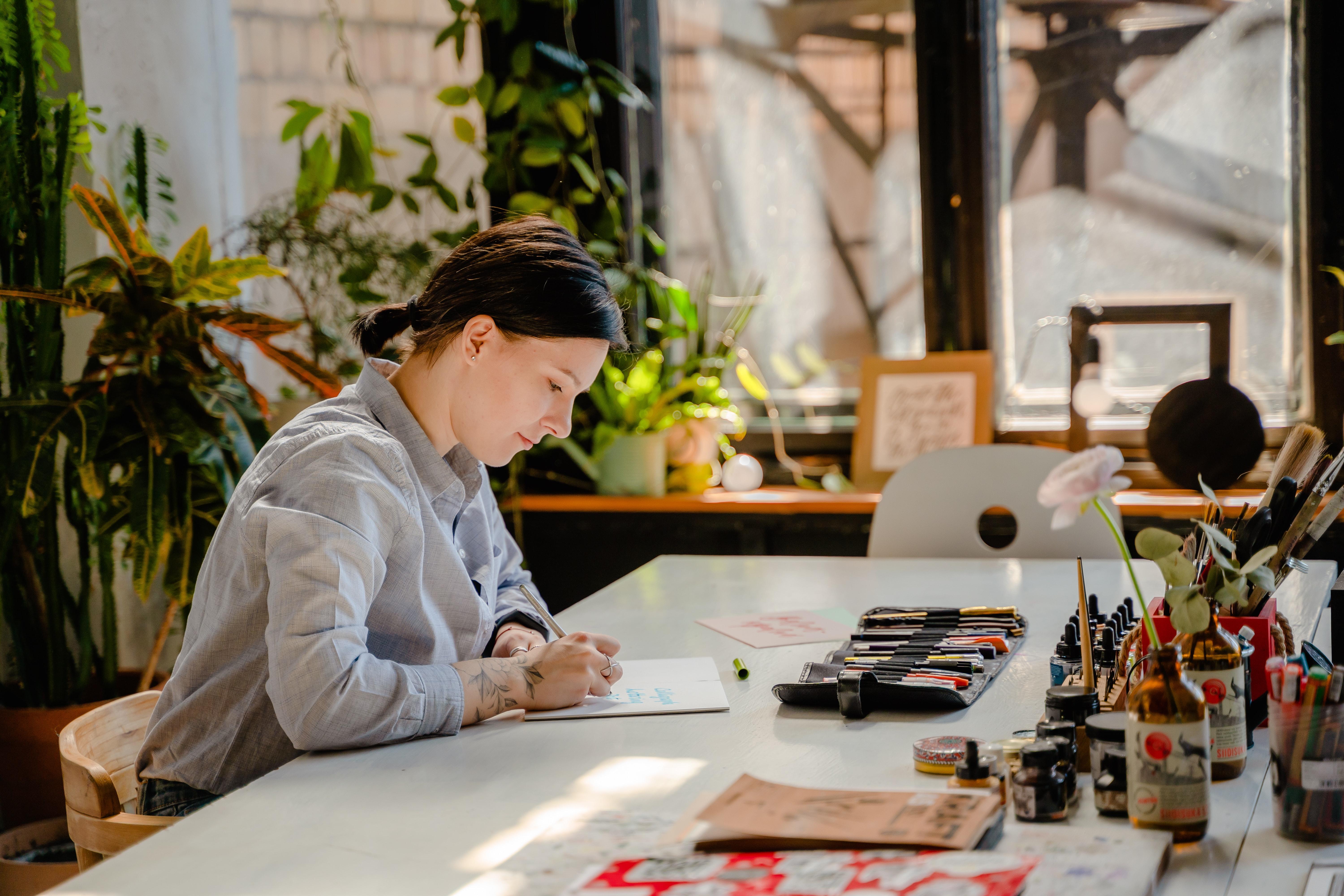
Going to Film School
Studying a degree in art can be pretty broad unless you declare a specialisation or major. That said, there are other things that you can do if you want to focus solely on one subject.
Film is one of those subjects that has a special school where you can attend specific classes that will offer you everything you need to know. That said, while some young artists choose to attend art universities dedicated to film and film production, students can also receive degrees in subjects like film theory from liberal arts colleges.
What type of degrees can you get from a film school? While you can get a general film degree you can also choose a specific subject to focus on like:
- Film direction
- Film production
- Art direction
- Animation
- Editing
- Sound editing
Studying Art History
Another option for lovers of art and history alike are Art history degrees. They are an ideal choice for those who are interested in curatorial work, museums, galleries or art auctions. And this is where things in the art world get a little more diverse.
While it is true that many art degrees are focused on production and creativity, others like an art history degree also include subjects such as business, finance and history. If you are interested in these two sides, getting an art history degree could be a great idea for you.
That said, each art history program has a different set of courses. Some of them are focused on specific movements while others are more about times in art.
As you can imagine, there is a lot of art to study and analyse so you need to make sure to identify which moment in art history – baroque, pop art – interests you the most.
Find art classes Perth here on Superprof.
The Difference Between Art and Design Degrees
Oftentimes, academic institutions make distinctions between art degrees (which encompass painting, sculpture, theatre, music, etc) and design degrees.
But what is the difference between art and design? And which one is better suited to what you are looking for?
To put it shortly: design relies on design methodology to solve problems and craft clear visual messages. Art is similar to graphic design in that it involves image-making, but the end result may be viewed differently by different people.
Design is focused on achieving solutions with measurable results, whereas art is more concerned with expressing ideas that may have more than one meaning.
Find art classes here on Superprof.
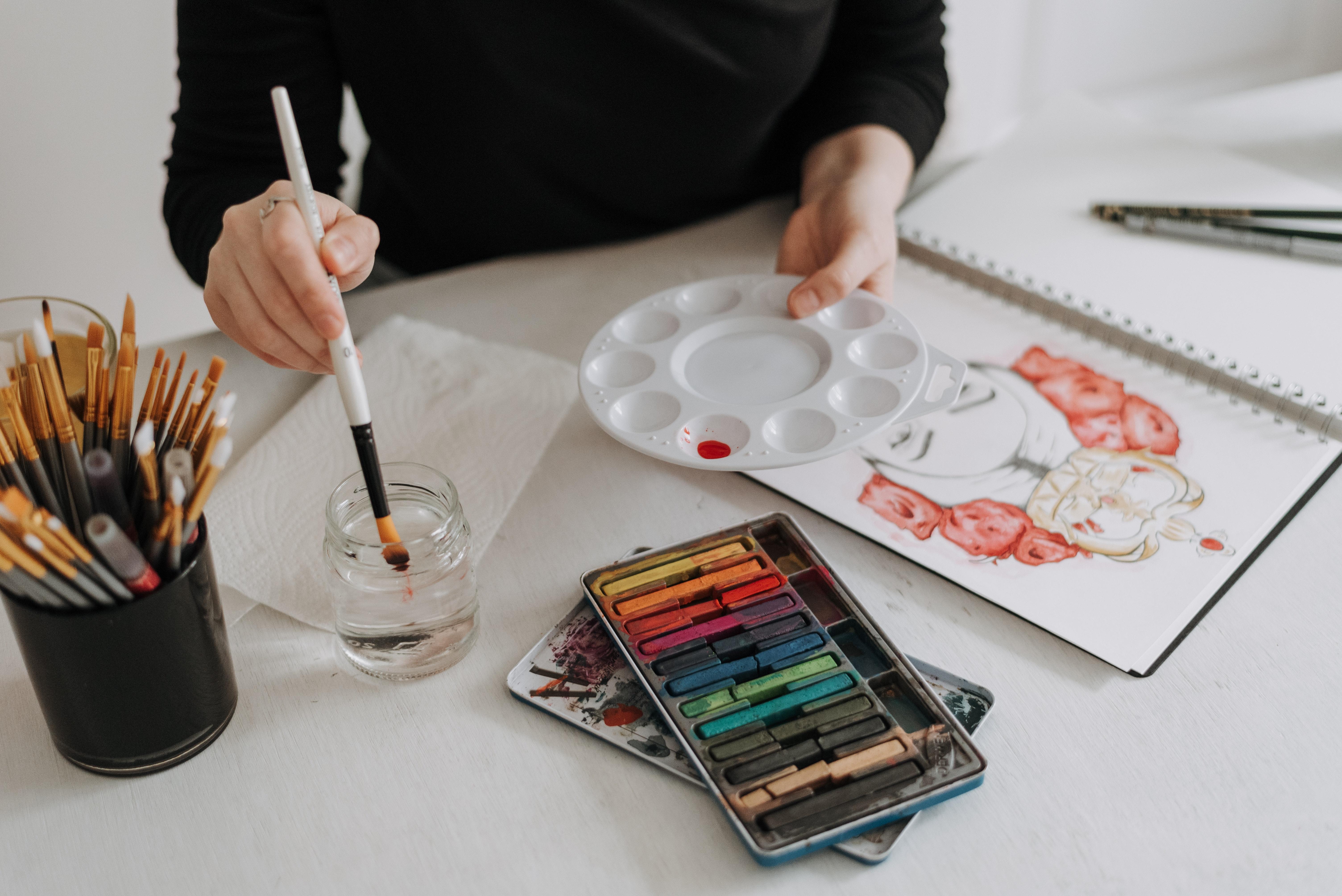
While it remains true that defining something as art often proves difficult, but in general, art is centred on conveying ideas, emotions, and experiences in a way that allows for multiple interpretations.
On the other hand, illustration and graphic design share a lot of visual principles with art, and their definition can change based on what is being created.
But the main message is this: art is created to provoke thought and emotions in the consumer, to be appreciated.
Art does not exist to fulfil any set specific goal. In other words, Art usually asks questions. Design, on the other hand, has no room for awe or contemplation.
Design has a set goal. A problem that it aims to solve. Design exists to fill a purpose.

Design Degrees in Australia
Now that you know the difference between art and design, you can start thinking about which of the two sounds more attractive and in line with what you are looking for.
Also, it is important to note that design is interdisciplinary so if you choose to get a degree in design, this doesn't mean that you will drive yourself away from art. On the contrary, an artistic view will be the perfect complement for your design career.
Here are some of the most common design programs you can find in universities in Australia and around the world.
Fashion Design
Fashion Design is a form of art that is dedicated to the creation of clothing and other accessories that form part of someone’s lifestyle. Modern fashion design can be further divided into two broad categories: ready to wear and haute couture.
- The haute couture collections are dedicated to a set of privileged customers and are custom-sized so that they can fit only those customers.
- The ready to wear kind of collections are sized standardly and are not custom made, so these are more suitable for larger production runs.
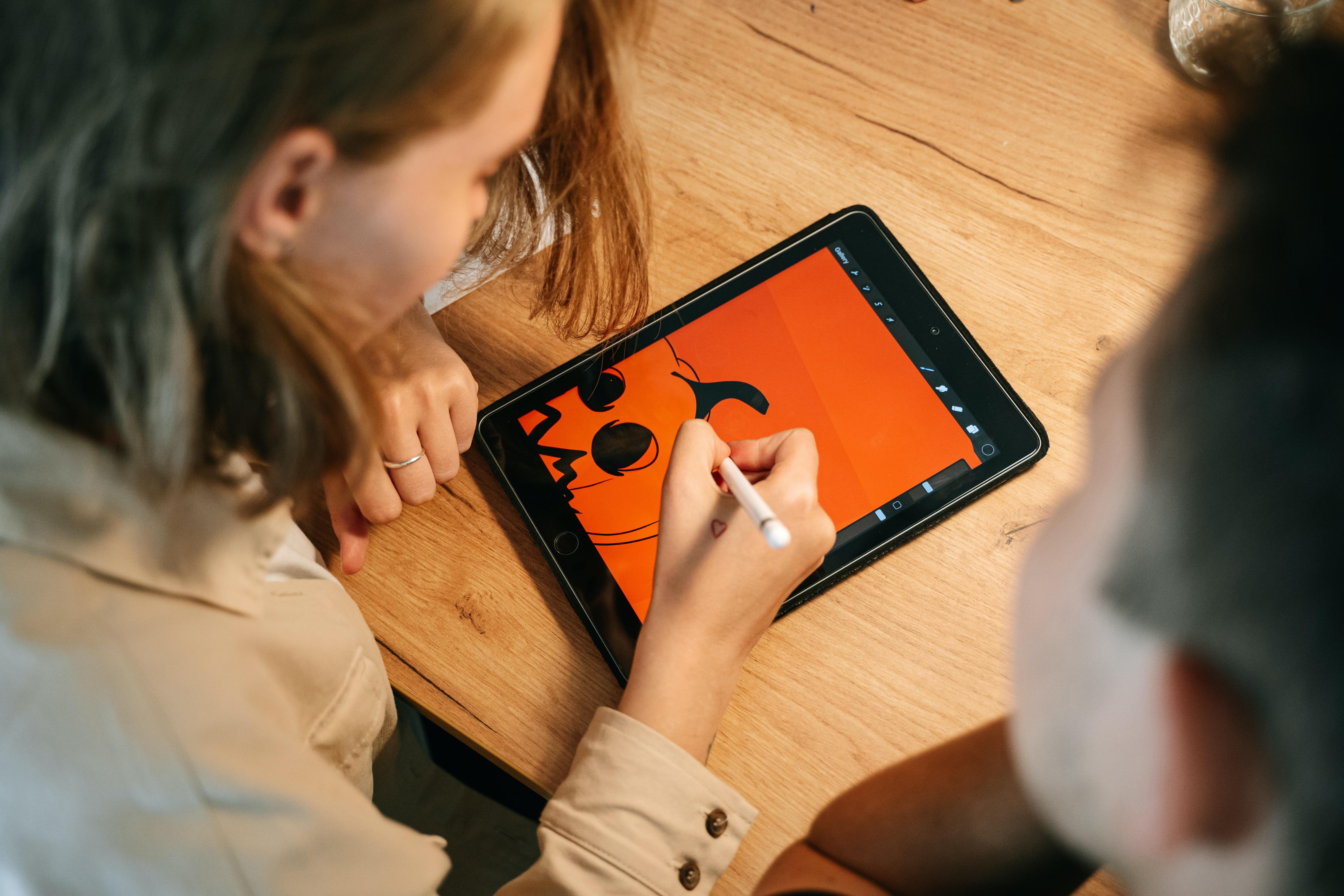
Interior Design
Interior design is the science of understanding behaviours to help property owners create a functional room within a building, including the shapes of a room’s walls, floors, and more.
A professional interior designer must understand interior architecture and works closely with architects to design the interior space.
Interior designers are expected to have a working knowledge of:
- Textiles, materials, colour, space planning, sustainability, and more
- Software applications for 2D & 3D computer-aided design (CAD) and building information modelling (BIM)
- Structural requirements, health and safety issues, and building codes
Photography
Photography is the art of capturing light with a camera, usually via a digital sensor or film, to create an image. With the right camera equipment, you can even photograph wavelengths of light invisible to the human eye, including UV, infrared, and radio.
The purpose of photography can vary depending on what the photographer is trying to achieve.
For example, documentary and news photographers capture images for the purpose of providing detailed accounts of actual events, while hobbyist photographers aim to capture life moments with their families and friends.
There are a number of photography genres that are very popular today. These include portrait, landscape, architecture, fashion, food, sports, wildlife, macro, street, event and documentary photography.
Animation
Animation is a method of photographing successive drawings, models or even puppets, to create an illusion of movement in a sequence. In traditional animation, pictures are drawn or painted on transparent celluloid sheets to be photographed.
Early cartoons are examples of this, but today, most animated movies are made with computer-generated images or CGI.
Animation is a common subject you will find in film schools and one that has a lot to do with multimedia design.
Graphic Design
According to the American Institute of Graphic Arts (AIGA), graphic design is defined as “the art and practice of planning and projecting ideas and experiences with visual and textual content.”
In other terms, graphic design communicates certain ideas or messages in a visual way. These visuals can be as simple as a business logo, or as complex as page layouts on a website.
To better understand the meaning of graphic design, it is important to be aware of the elements and principles that make up design. Elements are used in conjunction or opposition with each other to create visually striking and impactful designs.
Architecture
Architecture has been described as a social art and also an artful science. Architectural design is a discipline that focuses on covering and meeting the needs and demands, to create living spaces, using certain tools and especially, creativity.
Therefore, the aim is to combine the technological and the aesthetic, despite the general belief that architecture is only a technological task.
Getting a degree in architecture will grant you a Bachelor of Science or BS depending on the area that you specialise in.
It is not easy to typify architectural design and we can classify architectural design according to its use, its intention, its aesthetics, its technical aspects and many other things.
You can get an architecture degree in Australia or at an international university in a program designed for a more international point of view, education and skills for students experience.
Find art classes Sydney here on Superprof.
Art Degrees: Which One Is Best?
Is this a question you ask yourself? If we want to go the passion and idealistic route, our answer will be 'the degree that allows you to develop your skills and makes you feel fulfilled'.
That said, a degree is much more than just passion: it is a way to refine and legitimise your skills.
On top of loving what you do in the art world, you also need to be pragmatic and think about what a certain degree will do for you and what doors it will open. This will help you decide what is the best art degree for you.

Making Money with An Art Degree
Just one-third of the money earned by visual artists comes from producing art, and almost seven in ten (68%) artists have to take on additional jobs to make ends meet, a newly-published report by Arts Council England (ACE) reveals.
This report reinforces conclusions from previous research that artists are more commonly motivated by artistic fulfilment and personal wellbeing than financial reward.
That said, we all know it's impossible to make a living out of passion alone: you need to make sure you have if not a steady at least a regular income to pay the bills and support yourself.
This is why it's important to do some research around what artists are making in your area, be it city or country, depending on the degree they have.
That way you can project yourself in some years in the future and even start doing a five-year plan for your craft.
But there are also some ways in which artists can make money:
- Painters, illustrators, designers, graphic artists and even sculptors can earn money by selling high-quality prints or copies of their work. There are two ways how you can turn your art into high-quality posters: digitise your artwork with the help of professional photography or scanning.
- Teaching art online or face-to-face.
- Applying for grants and competitions: many international programs, local communities or non-profit organisations offer grants for artists. The aim of these is either to support young artists, promote culture or address a particular problem. Other times local institutions need actual pieces of art to decorate new buildings or give a nice touch to an event.
- Seeking commissions for original work.
- Find a very specialised niche or you create something new and innovative: you’ll stand out easily since there won’t be much competition. Offer something unique and innovative.
- License your art for stock websites: as a graphic designer, illustrator, photographer or videographer you can license your artwork for stock websites as a way to make passive income for artists.
- Offer tutorials: if you’ve already built an audience who trust you through blogging or social media channels, you can start selling them tutorials in various forms: pdfs, videos and webinars.
A Family Business
Is your family involved in the art world? Do you have a family background of artists, curators or art dealers in Australia or at an international level? Maybe owners of a photography studio or an architecture firm?
If this is the case, a smart decision would be to veer your studies towards the discipline or subject that you already have a potential career in.
If it is something that you are already passionate about, it will come easier too, since you already have the background to build up from!
Your Talent For Art
Now, what to do if you don't have a family tie telling you what degree to choose or an immediate need to make money forcing you to go into a certain field? In this case, you can choose the courses that suit your artistic ability.
You might find that you are better at certain artistic techniques and that you feel more fulfilled when you are creating in a certain environment. This is a good way to define what type of art degree you should pursue.
So, while you may have an aptitude for working with a certain medium – and you should explore it fully, don’t limit your art studies to just that one; branch out and see what else your creative mind is capable of.
Deciding what art degree you should study is not an easy task so we advise you to look within, check out all the different courses, programs and studies as well as the variables that will affect your future. And of course, bear in mind finances when making your decision.
Find art classes Melbourne here on Superprof.
Art Careers After You Graduate
The big question for all students who are about to graduate from any university program is: what type of job will I find once I'm out of school or university?
The case of art students is no different. We understand it can be complex to define what career path you want to take, especially given the state of today's economy and opportunities.
However, it's good to have good information about what you can do and leave school with the right preparation.
Exhibition Work
Exhibition work is the ultimate dream for any artist. To put it shortly, exhibition work involves putting your art pieces on display at galleries, museums or any exhibition space and selling your pieces.
If you are interested in selling your own work, running your own gallery and collaborating with other artists, this might be a good field to look into.
That said, it is quite hard to make a good living from exhibition work alone since it is not a steady income and you have to be quite persistent to start making a name for yourself so people buy your art at a good price and on a regular basis.
This is why it is often necessary to have more than one job if you decide to try and live off of your art in order to earn a decent income.
Find art classes Brisbane here on Superprof.
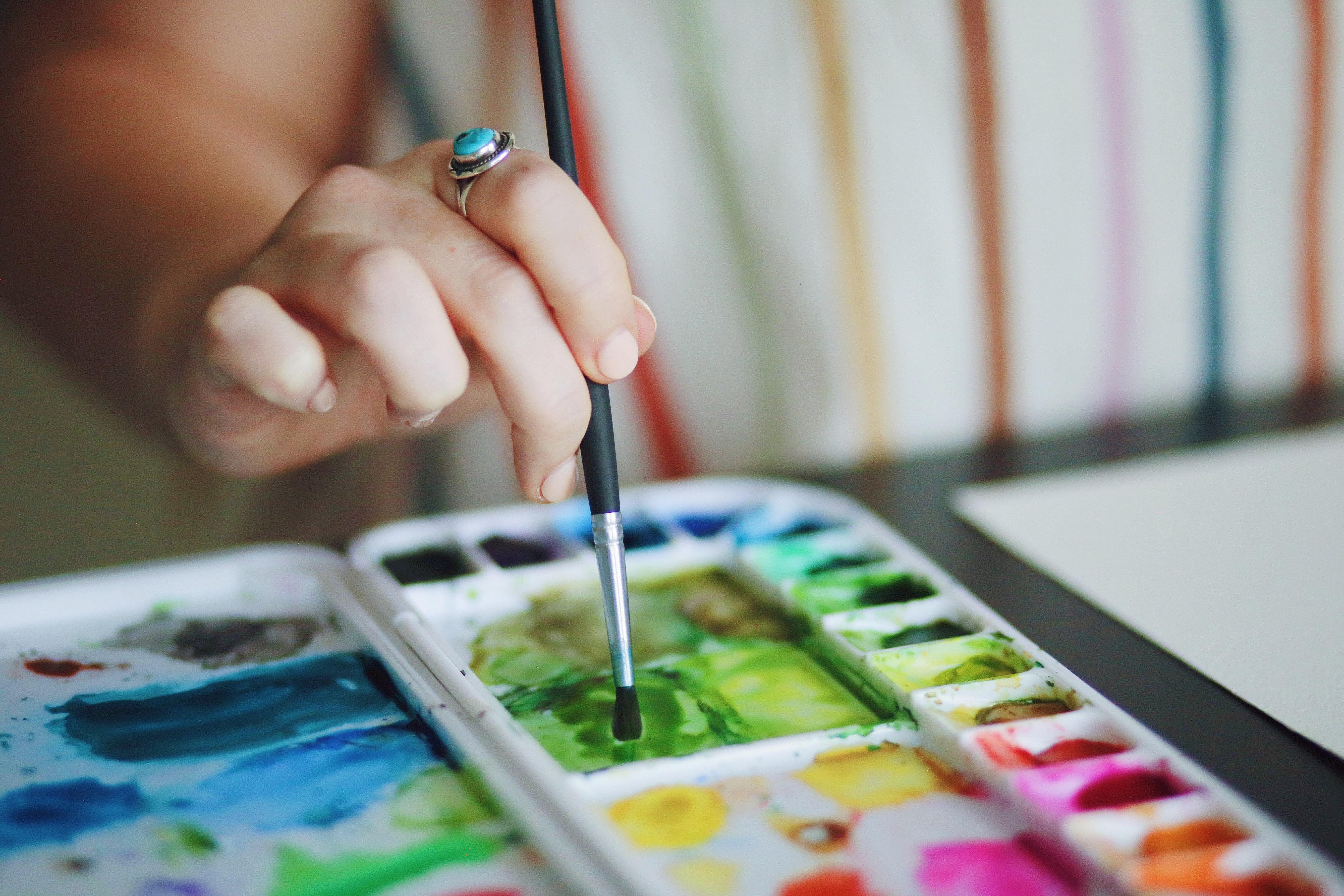
Arts Administration
While you may have never heard of the field of arts administration before, you have definitely been at the receiving end of their services.
The jobs that you can find as part of the arts administration world have less to do with the production of art or what many consider the creative side and more to do with facilitating the movement of art from people and places to another, as well as selling and putting on display.
Some of the jobs you could find in this field are as part of art institutions, national libraries, or galleries both in Australia and at an international level.
These types of jobs are ideal for those who love art but also have a business-driven mindset. There are a lot of great art dealers, curators, museum administrators and creatives as well as people who work in art NGOs who are on this side of the art world.
Find art classes for kids here on Superprof.
Study Art With A Private Tutor
If you are starting to explore the art world and want to begin by taking art lessons with a private tutor or maybe you need an extra push for your formal art education in a more private setting, the private tutors in Superprof are a great option for you and students looking for a bit of guidance.
We have a wide network of private tutors who are experts in their field and have the necessary experience to take you where you need to go when it comes to perfecting your art, defining your specialty and also building your portfolio.
If you've decided to get serious about art school, you've got to take an important first step before you apply: creating your portfolio.
Creating a portfolio is important because it showcases your technical, creative, and conceptual abilities and separates you from other applicants.
That said, some students find it quite hard to build their portfolio and need a little push in order to understand how to organise it and what pieces to include in it to showcase their creative skills and experience level.
Here are some tips to build your portfolio before you apply:
1. Read the criteria closely: Every school or university has its own set of requirements for a portfolio. Take a close look at what each school you apply for is requesting from applicants.
2. Organise examples effectively: The way you arrange the different pieces in your portfolio reflects on your presentation skills and creative thought process.
3. Write clear, concise labels: Most art schools and universities want some basic information about selections in your portfolio. A title, date, and description of the medium are standard.
4. Be ready to discuss each piece: Whether it's during an interview, a portfolio presentation, or even in an email, you may have to answer questions or explain parts of your work in a creative way.
5. Tell stories: Showcasing your creative and technical ability is important, but you should also include works in your portfolio that show your storytelling skills.
6. Don’t get hung up on quantity: More pieces could help, but not at the expense of your standards of quality.
7. Showcase your technical ability: Technical skills are what allow an artist to communicate the message or meaning of a piece.
9. Get feedback from other people: this is where teachers, other students and your private tutor come in! Don't be afraid to ask for advice and feedback on what you include.
As you can see, a private tutor can be a great asset to students art careers. Are you ready to apply to art school and start learning from the best art teachers and professionals?
The right course for you and your education will depend on the university (in Australia or elsewhere globally) where you study arts and the media and skills that you want to develop in your studies.

